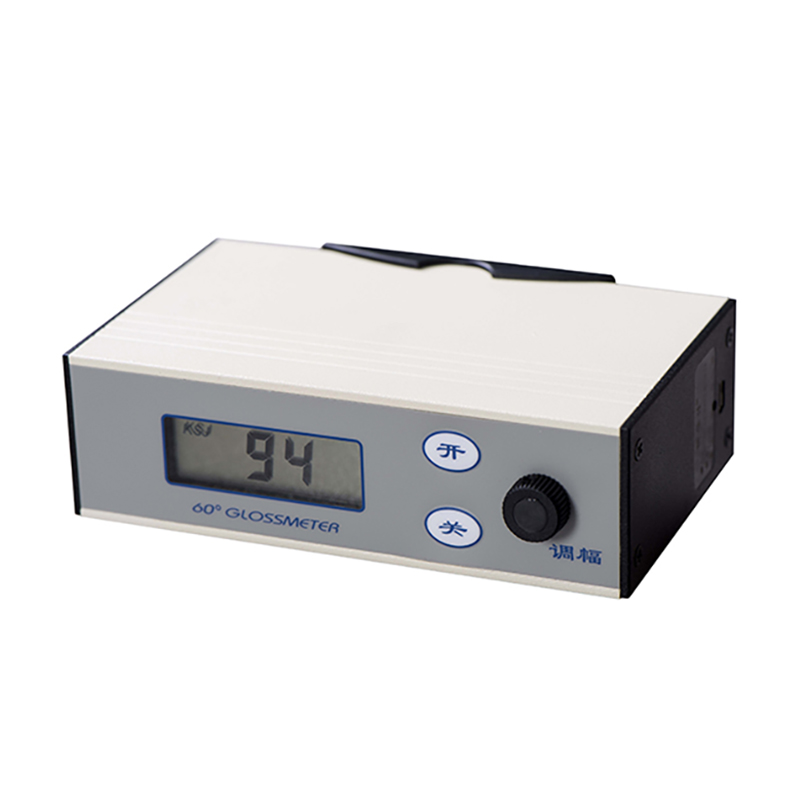头部邮箱+阿里巴巴
E-mail: sales@ksj.cn 

Enter search content

NEWS
News
Hot Products
The Science of Metal Gloss Meters and Their Role in the Electronic Components Industry
- Time of issue:2023-09-16
(Summary description)Discover the fascinating world of metal gloss meters and their significance in the field of electronic components, particularly in the realm of optoelectronic devices. Gain insights into the science b
The Science of Metal Gloss Meters and Their Role in the Electronic Components Industry
(Summary description)Discover the fascinating world of metal gloss meters and their significance in the field of electronic components, particularly in the realm of optoelectronic devices. Gain insights into the science b
- Categories:Industry news
- Author:
- Origin:
- Time of issue:2023-09-16 09:23
- Views:0
Introduction:
Metal gloss meters are indispensable tools in the electronic components industry, especially within the realm of optoelectronic devices. This article aims to delve into the science behind these instruments and explore their significance in ensuring quality and efficiency in the production of various optical electronic components.
Metal gloss meters play a crucial role in the evaluation and assessment of the reflective properties of metal surfaces. By measuring gloss and reflectance, these devices provide valuable information for manufacturers in the electronic components industry, enabling them to achieve desired optical characteristics and ensure optimal performance of their products.
I. Understanding Metal Gloss Meters
Metal gloss meters are portable devices that employ sophisticated optical sensors to measure the gloss of metallic surfaces. They utilize the principles of light reflection and refraction to determine the level of shininess or glossiness of a material.
II. Gloss Measurement Principles
Metal gloss meters operate based on two primary gloss measurement principles: specular reflection and diffuse reflection.
1. Specular Reflection
Specular reflection refers to the reflection of light on a surface at a particular angle. Metal gloss meters use this principle to measure gloss by emitting light at a specified angle onto the metal surface and measuring the intensity of the reflected light. The angle at which the light is reflected determines the gloss level of the material, with higher angles indicating a shinier surface.
2. Diffuse Reflection
Diffuse reflection occurs when light is scattered in multiple directions upon hitting a surface. Metal gloss meters use this principle to measure gloss by emitting diffused light onto the metal surface and analyzing the amount of light absorbed by the material. The more light absorbed, the lower the gloss level.
III. Importance in the Electronic Components Industry
Metal gloss meters find substantial value in the electronic components industry, particularly in the production of optoelectronic devices. Here's why:
1. Quality Control
By accurately measuring gloss levels, metal gloss meters enable manufacturers to assess the surface finish and quality of metal components used in optoelectronic devices. This ensures consistent production of high-quality components, meeting the stringent requirements of the industry.
2. Performance Optimization
Optoelectronic devices, such as photodiodes, LEDs, and laser diodes, heavily rely on precise control of light reflection. Metal gloss meters aid in optimizing the reflectance properties of metal surfaces, facilitating enhanced light emission and reception, thereby improving the overall performance of these devices.
3. Surface Treatment Evaluation
In the electronic components industry, various surface treatments, such as coatings and finishes, are applied to metal surfaces to enhance their functional properties. Metal gloss meters assist in evaluating the impact of these treatments, ensuring their effectiveness and compatibility with the desired optical characteristics.
Conclusion:
Metal gloss meters serve as indispensable tools in the electronic components industry, specifically within the domain of optoelectronic devices. By employing the principles of light reflection and refraction, these devices enable manufacturers to achieve desired gloss levels, ensuring quality control, performance optimization, and effective evaluation of surface treatments. Embracing the science behind metal gloss meters empowers professionals in the industry to create superior optical electronic components, driving advancements in various technological applications.
Scan the QR code to read on your phone

After eighteen-years’development, KSJ Glossmeters have been widely used all over the world in gloss measuring of paintwork, decorative materials, woodenwares, ceramic, printing ink, paper, as well as metal polishing and depositing. And becoming the first choice for experts in the above fields.
Online Message
Contact Us



















